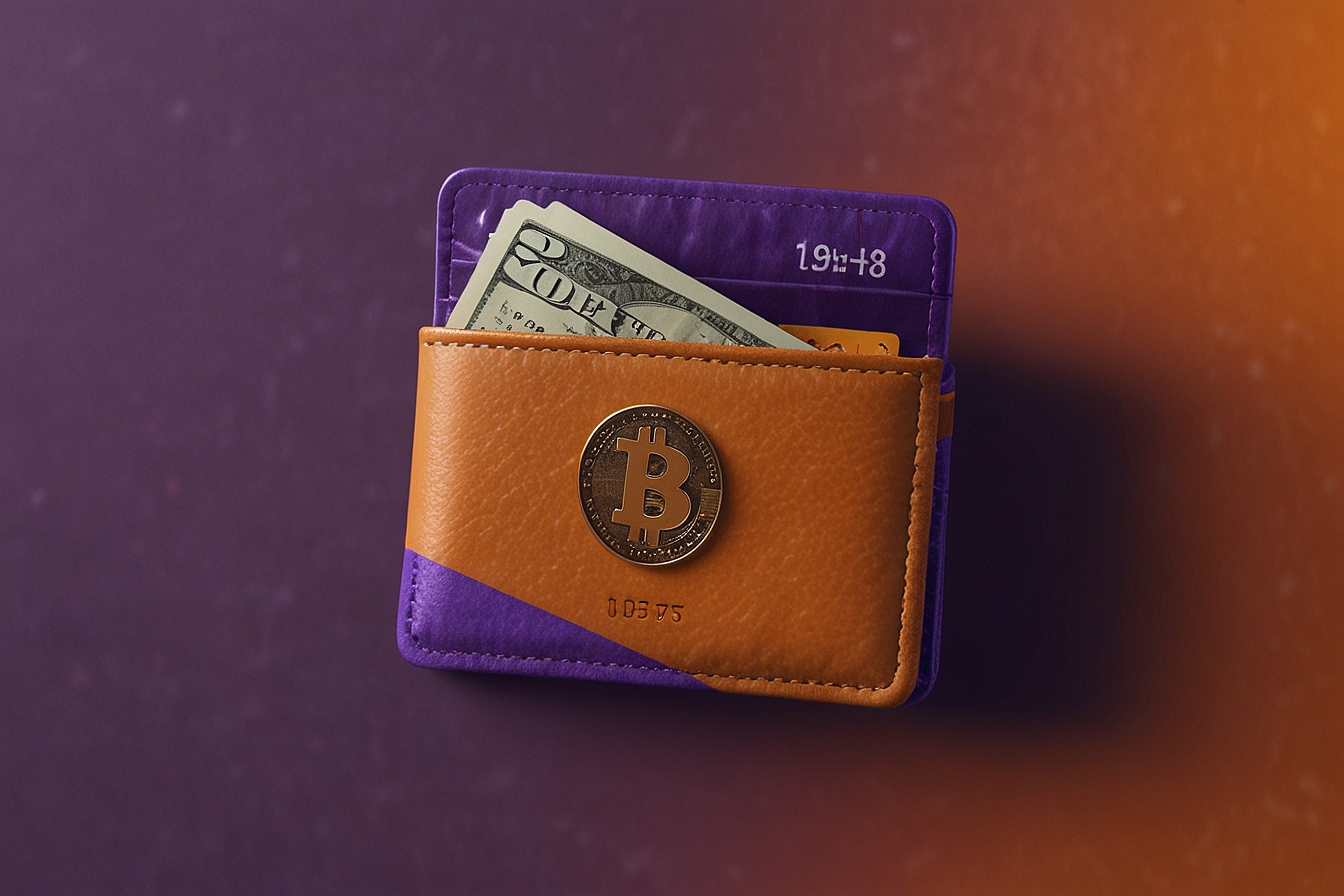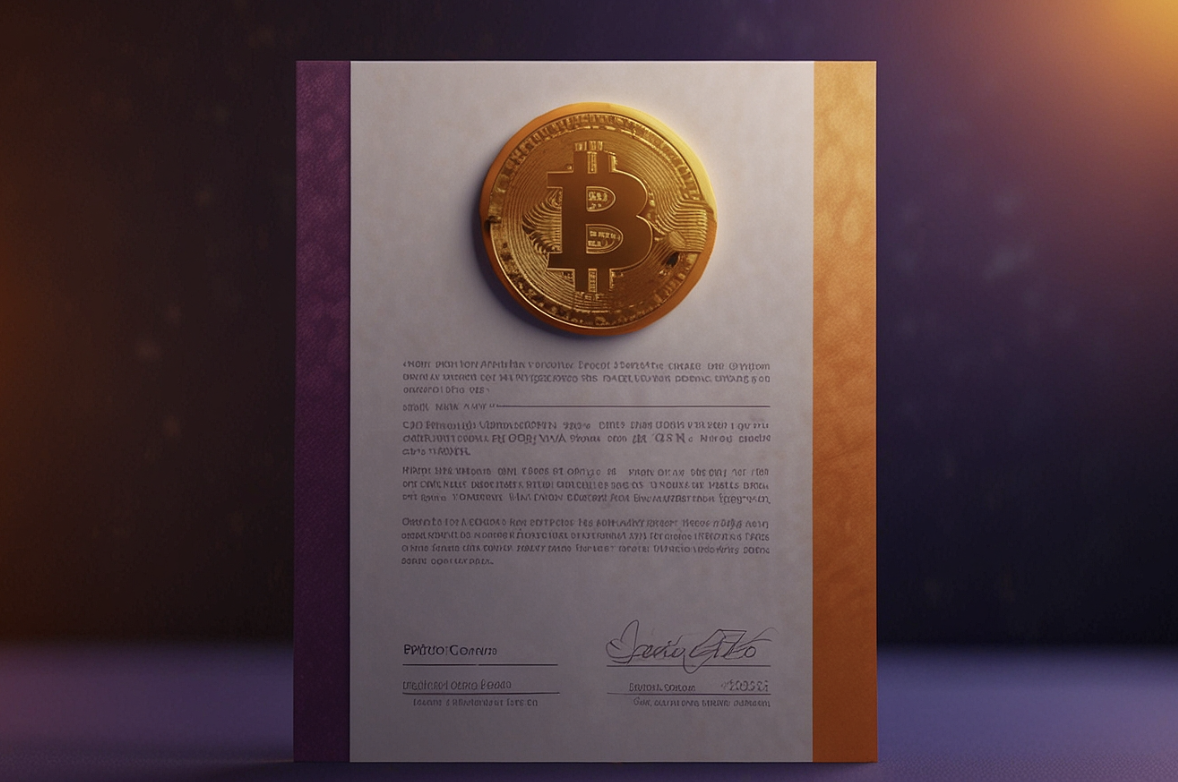Where do book NFTs go after you purchase them?
To crypto wallets!
A crypto wallet is the first step to set straight before venturing into the Web3 space. As banks do not exist in the crypto and NFT environment, users employ crypto wallets as their digital safe for saving, storing, and receiving crypto and NFTs.
How do crypto wallets work, and how can you get one for yourself?
Let’s find out today!
What is a Crypto Wallet?
While the name might point out similarities, a crypto wallet doesn’t work the same way as a real-life wallet – it doesn’t store the NFTs propers but stores the keys to access them in the Blockchain.
Let’s remember that the NFTs actually exist in the Blockchain space, not anywhere else. Thus, the wallet keeps your access keys to their Blockchain space intact, only allowing the user of the wallet to reach them. If the wallet is lost or compromised, chances are most of the NFTs will also be lost.
There are two main types of crypto wallets: hot crypto wallets and cold crypto wallets.
What is a cold wallet?
A cold crypto wallet, also known as a cold storage wallet or offline wallet, is a type of cryptocurrency wallet that is not connected to the internet. That’s why they’re also called hardware wallets – instead of being software, they are physical items that you can purchase and hold.
They look kind of like a USB, but some of them are paper wallets (printed or written copies of private keys), or even offline software wallets installed on computers that are never connected to the internet.
Because cold wallets are not accessible online, they are considered highly secure for storing large amounts of cryptocurrency for long-term holdings. However, they may be less convenient for frequent transactions, as they require manual intervention to transfer funds.
While cold wallets are infinitely more secure than hot wallets, they can be hacked if you purchase the cold wallet from a secondhand provider, like a friend or a third party.
Cold crypto wallets are better if you want to buy and hold book NFTs for a long time, most likely more than two years.
What is a hot wallet?
Hot wallets, also referred to as software wallets, enable users to send and receive cryptocurrency and conveniently monitor their token balances.
Many cryptocurrency exchanges offer hot wallets as part of their services, providing users with a seamless way to store their digital assets within the exchange platform.
One popular example of a hot wallet is the Coinbase Wallet, which is particularly suitable for beginners. It offers a user-friendly interface, supports multiple cryptocurrencies, and operates on a noncustodial basis, giving users full control over their funds.
In addition to managing cryptocurrency holdings, hot wallets like the Coinbase Wallet often facilitate the conversion of digital assets into fiat currency, offering a convenient option for cashing out. Moreover, many hot wallets are available at no cost to the user.
Hot crypto wallets are ideal for short-term investments in cryptocurrencies and NFTs, as well as for those seeking quick liquidity to cash out their holdings. However, users should be mindful of the security risks associated with hot wallets, such as potential cyber threats and exchange vulnerabilities.
Do I Need A Crypto Wallet To Purchase on Legerly?
While you don’t need a crypto wallet to purchase Legerly book NFTs, you do need one to store them and access them out of Legerly’s platform. This is important because, if you want to transfer the book NFT to somebody else, either through a sale or a giveaway, you’ll need to have an active wallet.
Setting up your crypto wallet
Step 1: Select a software wallet app. The first step in creating a software crypto wallet is to select a reliable wallet provider. There are several wallet options available in the market, each with its unique features and security protocols, making it essential to conduct thorough research before selecting a wallet. Some of the best software wallets available in the market include Exodus, Electrum, and Trust Wallet.
Step 2: Download the wallet app to your phone or computer. Once you have selected a suitable software crypto wallet, download the app to your phone or computer. Having a wallet app installed on your device ensures that you can access your crypto assets whenever you need to. When downloading the app, ensure that you get it from the official app store or the wallet provider’s website to avoid downloading malicious software that could compromise your security.
Step 3: Create an account. Next, create an account by filling in basic information such as your name, email address, and a strong password. Some wallet apps may also require you to complete an identity verification process, which involves submitting a government-issued ID and a selfie.
Step 4: Transfer your assets. Once you have created your software crypto wallet and set up your account, the next step is to transfer assets into your wallet. There are several ways to transfer assets, including depositing funds from a bank account, exchanging cryptocurrencies, or receiving them from another wallet. Most software wallets support multiple cryptocurrencies, allowing you to transfer various assets. To fund your wallet, you will need to obtain the wallet address and use it to send the assets to your wallet. Some wallets also support QR codes that can be scanned to facilitate the transfer.
Which is the best crypto wallet?
While there’s no one-size-fits-all best crypto wallet for all Web3 investors, there are several options that could be better for some Web3 investors and less so for others. Let’s take a look at some choices:
Metamask
Metamask is both a browser extension and an Ethereum wallet, which allows users to interact with decentralized apps (dApps) in the blockchain. It’s designed as a plugin for Chrome browsers and can also be installed on Firefox or Opera using extensions.
Metamask stores Ether cryptocurrency and other ERC-20-based cryptocurrencies. You can create a Metamask account in less than fifteen minutes and log in through their web browser once you download and install the app.
The crypto wallet also has compatibility with MyEtherWallet for users to bypass entering private keys every time they want to store NFTs.
My Ether Wallet is a free, open-source, client-side interface that generates Ethereum wallets for sending, storing, and receiving Ether tokens and digital assets issued on Ethereum.
Metamask requires no private keys, just your phone number, and email address. It’s free to use, open source, and supports many dApps. It doesn’t charge any exchange fees.
On the downside, Metamask’s Ethereum compatibility makes gas prices much higher than similar services. It can take some time to sync the Blockchain, sometimes much more than similar services.
Just as OpenSea is the most popular NFT marketplace, Metamask is the most popular crypto wallet. However, Metamask is by no means the only crypto wallet out there.
Let’s take a look at other alternatives:
Ledger Nano X Crypto Wallet
Ledger Nano X Crypto Wallet allows you to trade and stake crypto on a hardware Ledger wallet. This is a cold wallet that you can purchase for $162.72. It supports over 5,500+ coins and tokens.
Exodus crypto wallet
Exodus crypto wallet has built-in-no-commission trading provided by the exchange platform Shapeshift. It’s a hot storage wallet that only has miner fees and can be customized for Bitcoin and Ethereum transactions.
Mycelium crypto wallet
Mycelium is a good crypto wallet for mobile devices, thanks to its great focus on security and transaction history information.
This well-established crypto wallet focuses on offline transactions, in-app crypto exchange, and educational content. It’s also compatible with other cold storage solutions like Ledger.
The bottom line
While storing NFTs seems like an ethereal ordeal given how most of them aren’t actually tangible assets, crypto wallets rise to the task of keeping every Web3 investor’s access keys safe.
Choosing the best one to suit your needs can be more complicated, so we urge you to take our recommendations as only a base for your research before you pick one.





